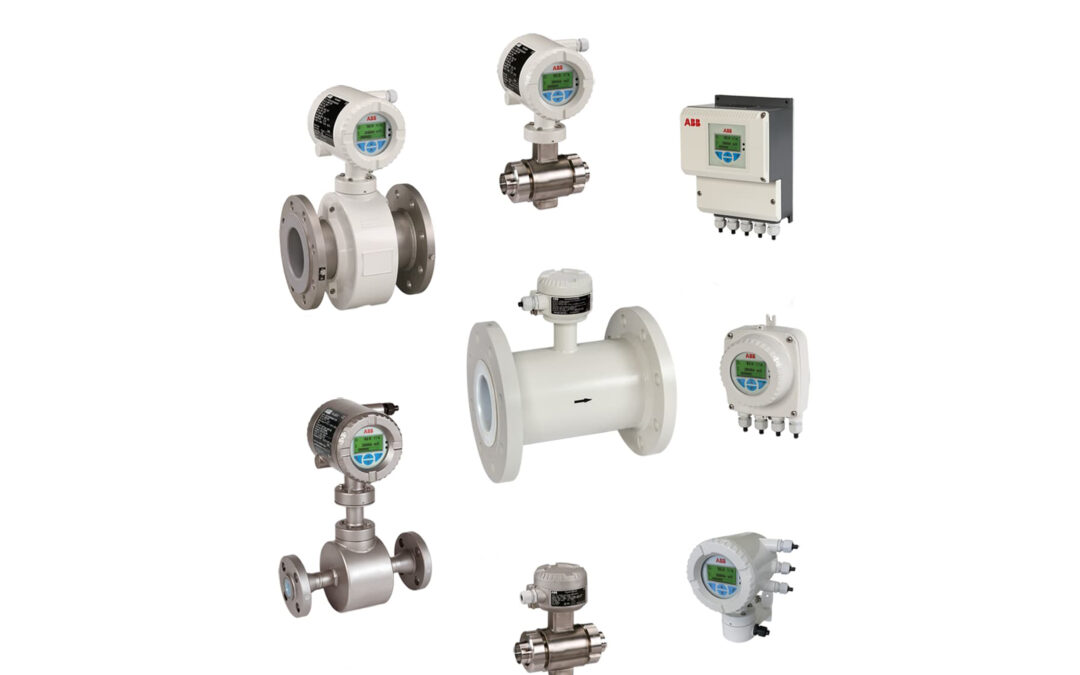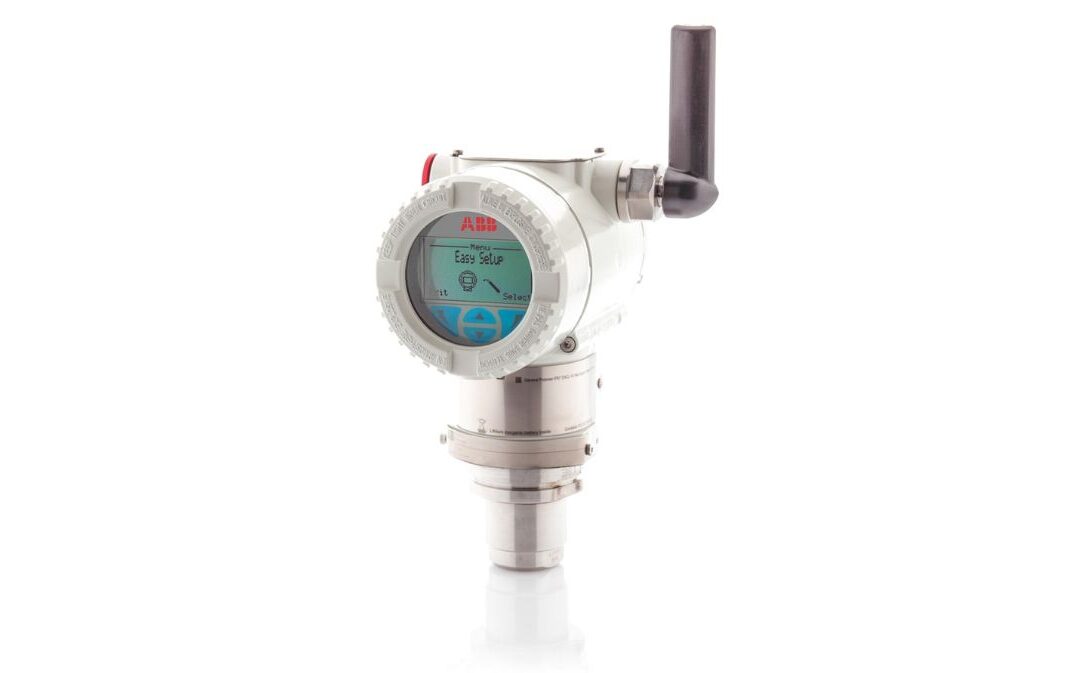The huge array of flow technology options on offer can make selecting the correct flowmeter for an application a bewildering task. A broad range of factors can influence flowmeter selection, of which cost is just one. Read our Q&A for some helpful top tips to help you make the right decision.
What are the key things to consider when choosing a flowmeter?
The key things to consider are what is the fluid type and does the flow vary widely. Be mindful of whether the flow is turbulent or prone to “pulses” and what accuracy is required of the meter. It is also a good idea to check what technical support and advice is available for selection, installation and maintenance.
What advice would you give to someone looking into flowmeter selection?
My first piece of advice is do not be tempted to choose on cost alone. When it comes to selecting a flowmeter, in many cases cheapest is by no means best. Although it might seem the best way to save money in the short term, opting for the lowest cost solution may potentially result in problems later down the line.
Be particularly careful where reductions in the purchase price have been achieved by cuts in supplier back-up and expertise. Ultimately, the most cost-effective installation will be the one where the supplier can offer good technical back-up, independently traceable test facilities, a long and established track record and a reputation for high-reliability products based on sound research and development.
Why does it matter what fluid flow I am measuring?
For many straightforward flow applications such as water and wastewater, measurement is a fairly simple process if you have installed the correct pipe size for the process and flow range, and you know the most important application aims, for example low flow leakage monitoring of regulated effluent flow measurement.
A key thing to remember when selecting a flowmeter is that every liquid or gas behaves differently when flowing through the pipeline. The main cause of this is viscosity – how much the fluid resists flow, which in turn can affect the velocity and profile of flow through the pipeline.
By profiling the flow of a liquid or gas through the pipeline, it is possible to find out how it behaves and from there to narrow down the choice of flowmeters to those best able to cope with the conditions of the application.
The flow profile of a fluid will vary according to whether it is Newtonian or non-Newtonian. Newtonian fluids include homogenised or skimmed milk, water, sugar solutions and some mineral oils and have a tendency to ‘stick’ to the pipe walls, resulting in the liquid moving more slowly at the sides of the pipe than in the middle. Newtonian liquids have a directly proportional relationship between the pressure of the liquid flowing through and the resistance, or shear force, caused by the fluid sticking to the pipe walls.
The behaviour of Non-Newtonian fluids, such as paints, shampoos and yoghurt is harder to predict, as there is no relationship between pressure and resistance. Instead, the flow of these fluids tends to vary as viscosity changes either with time or due to a change in resistance caused by the collision of two different velocities as the fluid sticks to the pipe walls. Consider the well-known problem of getting tomato ketchup out of a bottle. At first, no flow even with pressure behind it, then suddenly, lots of flow even with lower motive pressure.
To select the best flowmeter, it may be necessary to calculate the Reynolds number of the application. This figure is basically the ratio of momentum against viscosity and can be calculated by using the minimum and maximum fluid flow and viscosity figures of the application. Once the Reynolds values are known, they can then be matched against a flowmeter’s Reynolds range to help pick the one that is best able to meet the demands of the application.
Why is turndown important?
Turndown is the ratio of the maximum and minimum flow rates a flowmeter can measure within its specified accuracy range. The turndown of a flowmeter is particularly important because it is virtually impossible to know in advance the exact range of flows to be measured. Selecting a flowmeter that offers the widest possible turndown will ensure that it can cover all anticipated flow variations.
What’s the best place to install a flowmeter?
When selecting a flowmeter, it is important to consider exactly where and how the device will be installed, as this can significantly affect both accuracy and efficiency.
Obstructions in the pipeline such as joints, bends, or valves near the meter can all cause distortions in flow profile, affecting flowmeter accuracy and repeatability. To ensure best results, flowmeters should be installed in locations where there are several straight lengths of unobstructed pipeline both upstream and downstream of the meter.
It is therefore important to find out the manufacturer’s installation recommendations before buying a flowmeter, particularly where installation space is limited. Remember though that there are some flowmetering techniques that require minimal or even no conditioning pipework. Use of such techniques, for example VA and Coriolis meters, can assist with accurate metering in awkward or cramped physical installations.
How can I achieve the best measurement accuracy?
When selecting a flowmeter, it is important to find out which types are most suited to the application. Electromagnetic meters provide for the widest flow range for conductive fluids; turbine meters may provide an inexpensive capital cost option for small sizes, but suffer with the problems of mechanical wear over time and possible process contamination with worn parts (e.g. bearing swarf); while DP meters including orifice plates, venturis and wedge meters are the most commonly used metering devices, and now come in compact integrated solutions. Despite their high initial cost, Coriolis mass flowmeters are ideal for measuring particularly viscous substances and their use has been steadily increasing in many applications, no longer just where the measurement of mass rather than volume is required.
The following table categorises the various types of flowmeter according to their suitability for liquid, gas, steam and slurry applications.
Where accuracy is concerned, it is important to remember that most flowmeters are affected to some extent by the medium they are metering and by the way they are installed. Consequently, flowmeter performance in real life conditions will often be different from the reference conditions under which the flowmeter was calibrated.
It is also important to beware of manufacturers’ calibration accuracy claims. Even under stable reference conditions, the best accuracy that manufacturers can hope to achieve is 0.1%.
How can I ensure I am complying with my legal obligations?
We are living in an increasingly legislated environment and with an array of changes in regulations. With the onus on companies to implement a good metering regime, no-one can afford to ignore industry targets and evolving legislation. Customer and regulatory standards have seen a move towards sustainable and ‘greener’ technologies with certified and approved technologies becoming legislative criteria.
The introduction of MCerts/ EPR is a significant extension of this. The latest step in the legislation is the obligation for all industrial and water treatment companies with a requirement in their EPR permit /consent for discharging effluent to a watercourse or the sea to self-monitor their effluent flows.
Introduced as part of a move to improve the measurement and control of discharge and waste levels from both water utility and industrial companies, the self-monitoring obligation requires operators to comply with the Environment Agency’s MCerts certification scheme. Under this scheme, companies should be able to demonstrate to the satisfaction of an MCerts inspector that they are using the Best Available Technique (BAT) to protect the environment. Where the self-monitoring of effluent flow is concerned, operators are subject to a ±8% uncertainty target for the measurement of total daily volume of effluent discharged. This covers not just the equipment used, but also other factors such as correct fitting and the training of relevant personnel to ensure that an installation is correctly set up, operated, and maintained.
In practice this means that, if there are instruments or systems using a particular technology that have passed all the necessary tests and received an MCerts compliance certificate, operators must use them for new and refurbished installations.
Failing to keep abreast of the latest requirements, such as MCerts, could have serious ramifications in the event of a problem occurring. Failure to comply can be construed as a failure of a basic duty of care, potentially leading to fines or even imprisonment in serious circumstances, so it pays to keep up to date.
How do I keep my flowmeter in good working order?
To ensure your installed flowmeters are continuing to deliver optimum measurements, it is advisable to periodically check their accuracy throughout their service life where possible.
Reputable suppliers should be able to help you achieve this. ABB offers a range of in-situ verification services for its electromagnetic flowmeters aimed at ensuring their continued accuracy throughout their lifecycle. Delivered through ABB’s network of instrumentation service engineers, these services help operators to achieve savings in repair maintenance plans by eliminating the time and cost of removing flow sensors for testing. The most modern electro-magnetic flowmeters employ self checking diagnostics aimed at predicting possible meter or process failure in advance, thus giving process operator’s time to handle a range of problems proactively, not reactively.
Are there any other things to consider before making a purchase decision?
A flowmeter is often only as good as the equipment that sits alongside it. For example, a flow computer or other form of display is needed to process data from the meter and show flow rates.
Although there are many suppliers offering ancillary flow equipment, the best way to ensure a completely matched system where all components are fully compatible is to specify everything from a single reputable supplier. This will guarantee that all equipment has been manufactured to the same standards and will also ensure that back-up is available from the same supplier for your whole flowmetering system.







